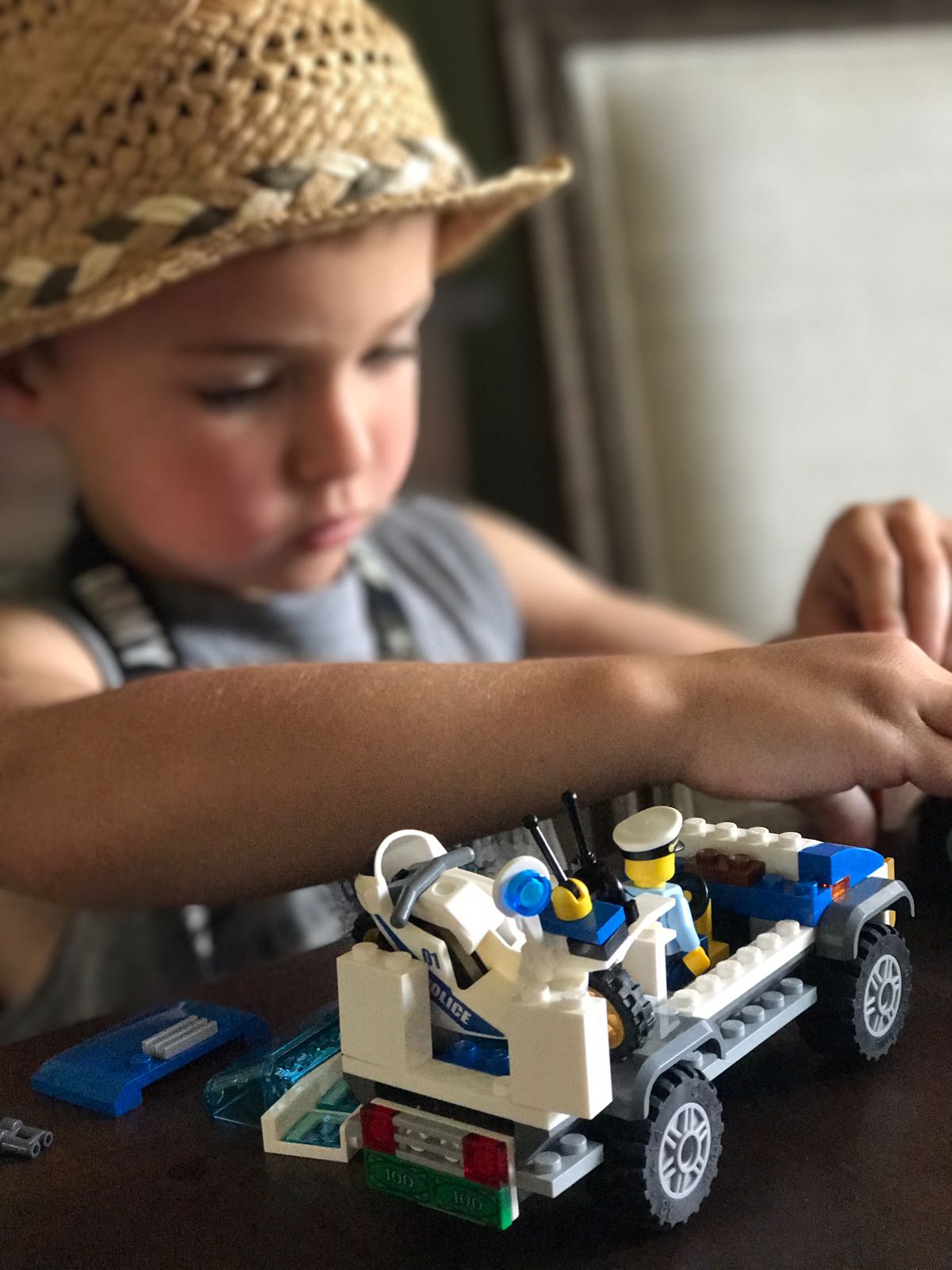Many people think that speech therapy needs to be conducted in a clinic or school setting using worksheets and drilling on certain sounds or or to be working in a very structured way – however, that is a total misconception!
While you ABSOLUTELY can address speech goals in a clinic or school setting using worksheets… I find it more beneficial to work on their goals in a more natural format – whether it is for articulation, fluency or language! After establishing the correct posture/positioning of their articulators or breathing strategies, clients (of all ages), are engaged in conversation about things that are interesting to them.
Whether its…
- a 3 year old who says “look!” and wants to talk about something that caught their eye across the room
- a 5 year old who wants to talk about Legos or an older child who wants to talk about the new video game they got for their Nintendo
- a High-school tennis player working on /r/’s, the conversation can revolve around words that relate to that topic!
Ultimately the adult can STEER the conversation in the right direction IN ORDER FOR the goals to be addressed – meaning – the child should not just randomly say things off topic and that be ok – because its important for kids to work on maintaining topic as well.
While establishing correct positioning for the targeted sounds, I think its more beneficial for the child to work on vocabulary that THEY use rather than drilling on worksheets or random words they would not use in their everyday language. If the ultimate goal is CARRYOVER and wanting the child to USE the RIGHT POSTUREfor their sound, doesn’t it make MORE sense to practice words that are in their natural environment at various times throughout the day rather than in a structured setting on non-recognizable words??
So….when asked by your speech therapist to “practice at home” allow it to be addressed in natural conversation, while playing a game, while in the car, over breakfast, while discussing a tv show or while reading a book before bed. The possibilities are truly endless!
There are no “exact parameters’ for practice – yet – some kids do require more structure – but others need to realize that speech is not just sitting in a room or at a table, saying their sounds or answering questions. It’s about the real world and implementing their goals into their daily lives so that they grasp the connection that TALKING IS EVERYWHERE… Kids need to learn that working on and addressing speech goals is a constant thing not just a thing you do when you’re sitting at the table with your therapist for 30 min twice a week. It’s not just at home, it’s not just with their therapist – it’s everywhere – all the time. The more time you put into building your child’s awareness to their goals the quicker they will become SELF-AWARE and apply what they are learning in order to reach their goals faster – no matter what age they are!!!
Examples include, but are not limited to:
- On the phone
- In the car
- At the dinner table
- With friends
- With family
- During bath time
- Reading books
- Ordering food at a restaurant
- In the swimming pool
- At karate practice
- At the playground
- In school
- At home
- When asking questions
- When answering the phone
- When singing a song
- At grocery store
Bottom line – play is play BUT play is also learning – so why not address speech goals WHILE having fun? Who said it had to be work?

